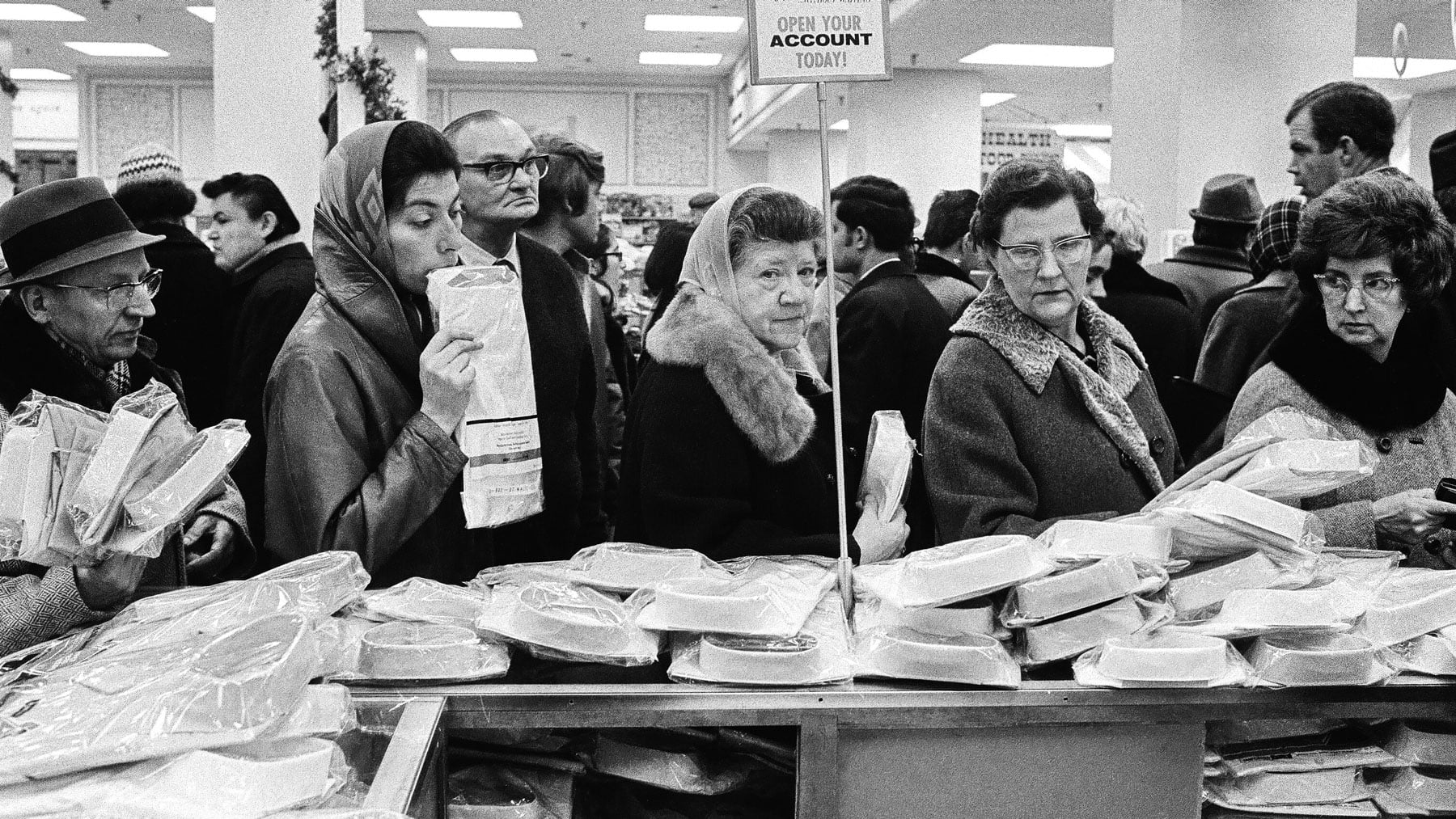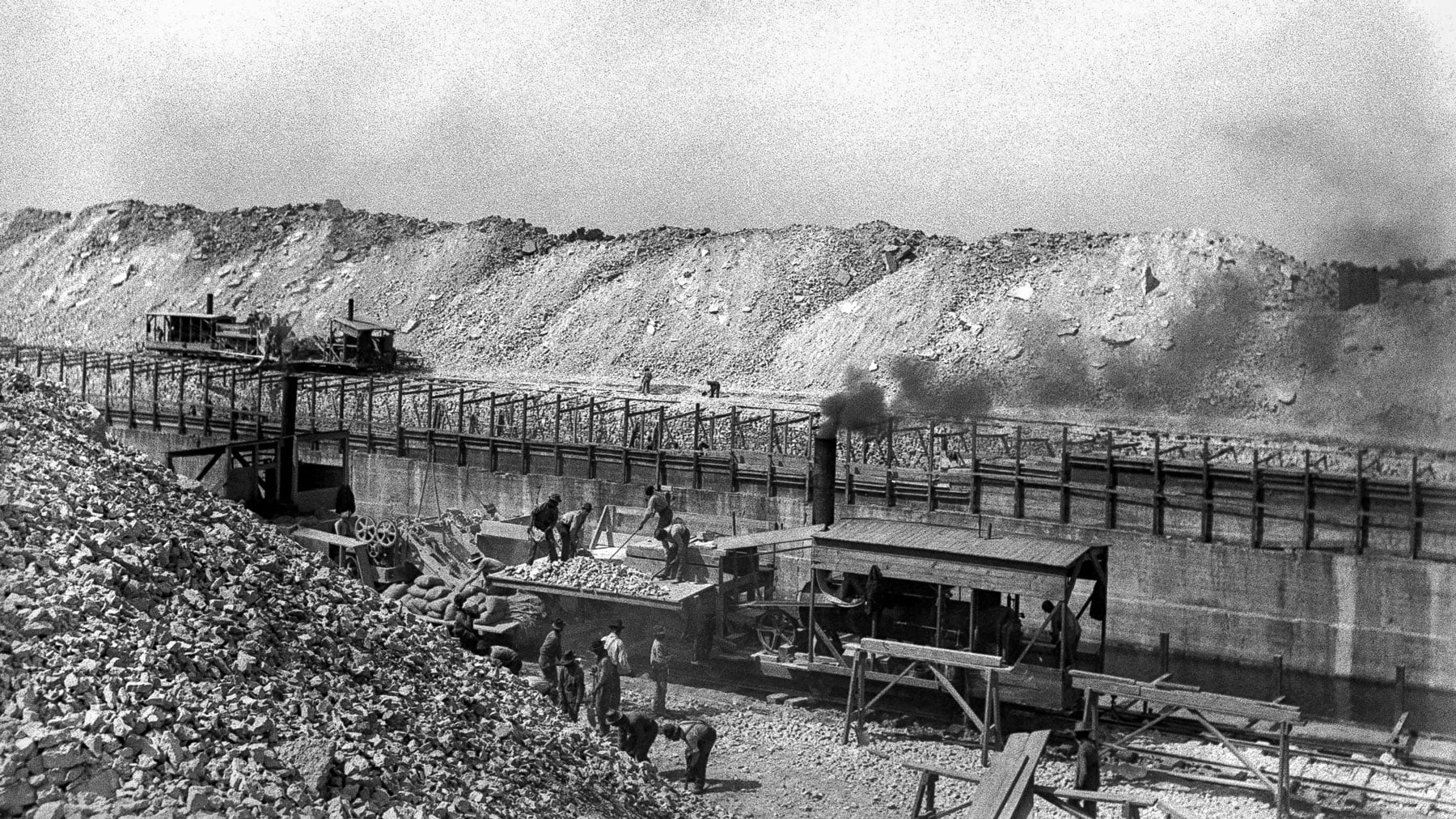- Schedule
- Watch
- Live TV
- 10 That Changed America
- Art & Design in Chicago
- Beyond Chicago from the Air with Geoffrey Baer
- Black Voices
- Check, Please!
- Chicago by 'L' with Geoffrey Baer
- Chicago from the Air with Geoffrey Baer
- Chicago Stories
- Chicago Tonight
- Chicago Tonight: Voices
- Firsthand: Coronavirus
- Firsthand: Gun Violence
- Firsthand: Homeless
- Firsthand: Living in Poverty
- Firsthand: Segregation
- The Great Chicago Quiz Show
- Latino Voices
- The Most Beautiful Places in Chicago
- Prehistoric Road Trip
- Urban Nature
- All Shows
- Programs
- Events
- About
- Support






















